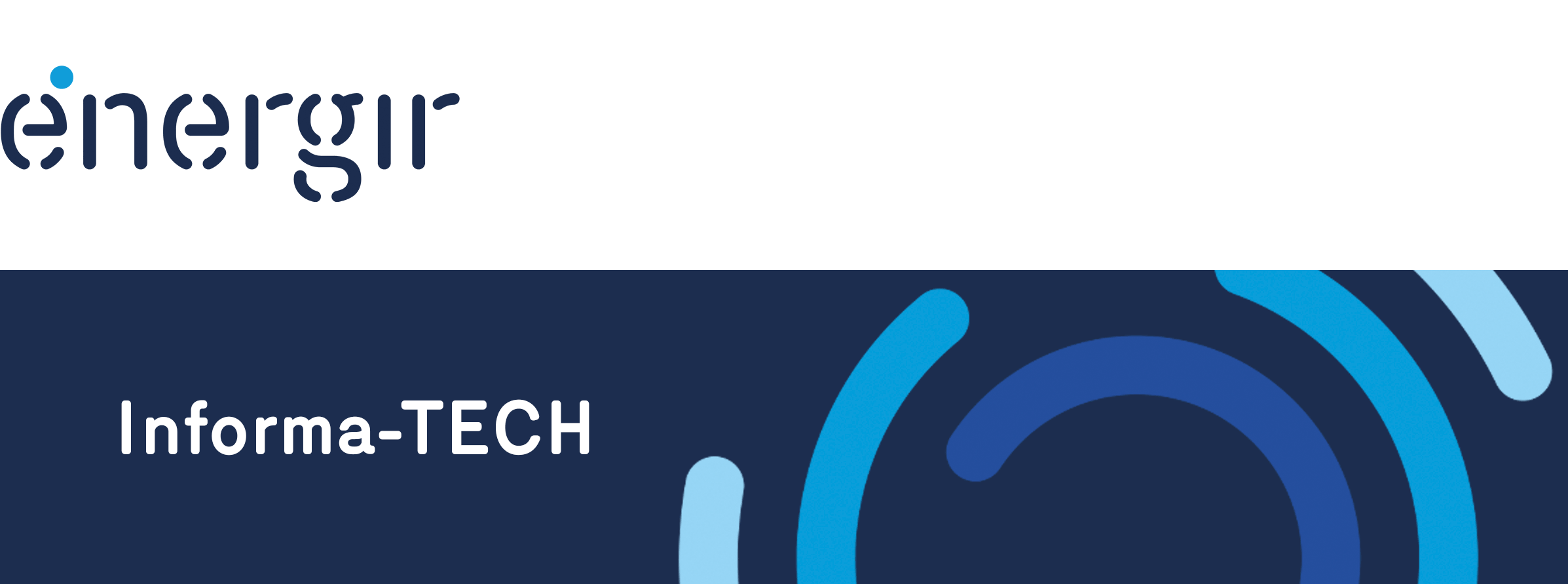Continue reading


The regulation modifying the Québec Building Code, with the insertion of a new chapter, “I.1. Energy Efficiency in Buildings,” was approved on April 29, 2020 by Québec government Decree 486-2020 and is now part of the Québec 2018-2023 energy transition, innovation and efficiency Master Plan.
The new energy efficiency requirements are based on the National Energy Code of Canada for Buildings (NECB 2015) with the modifications described in the regulation modifying the Québec Building Code. NECB 2015-Qc is thus NECB 2015 adapted to the Québec energy context. It came into effect June 27, 2020; however, it will only apply to new buildings after December 27, 2021.
NECB 2015-Qc applies to all new commercial, institutional, industrial or large residential buildings of more than three floors or more than 600 m2, as well as residential buildings of no more than three floors or 600 m2 with housing units and another use (e.g., a business). The new code replaces the Regulation respecting energy conservation in new buildings, which dates from 1983.
Processing the outside air required for ventilating buildings often represents a significant portion of total energy needs. In Québec, the energy needs associated with heating air from outdoors are especially high because of our harsh winters. It is therefore not surprising to find that NECB 2015 Qc pays particular attention to reducing the energy needs associated with ventilation.
Subject to certain exceptions described in the following paragraphs and the requirements regarding dwelling units and pools, when the quantity of sensible heat from an air exhaust unit exceeds 50 kW, the HVAC system must be fitted with a heat recovery unit on the exhaust air.
The quantity of sensible heat in the exhaust air is calculated based on the January outdoor air design temperature at 2.5%, the temperature of the exhaust air and the exhaust air flow rate.
For a typical exhaust air temperature of 22°C and a January outdoor air design temperature at 2.5% of 24°C (Montréal), the 50 kW criteria for sensible heat in the exhaust air is reached when the exhaust air flowrate is more than 880 L/s (1,875 CFM).
The minimum performance required by NECB 2015-Qc for heat recovery units is as follows:
NECB 2015-Qc foresees some exceptions to these energy recovery requirements. These concern the units that extract smoke, greasy, toxic, inflammable or corrosives fumes, or fumes from painting or dust, as well as extraction units that operate for less than 20 hours per week and extraction units that serve space maintained at a temperature below 16°C.
Dwelling units must have heat recovery ventilators regardless of the exhaust flow rate. The performance requirements for the heat recovery unit are based on two criteria:
The sensible effectiveness from the minimal recovery required by NECB 2015-Qc are shown in the following table.
| One unit served | Several units served | |
| Degree-days < 6000 | 55% | 60% |
| Degree-days >= 6000 | 60% | 65% |
| Standard/Conditions | According to CAN/CSA-C439 for a flow rate of at least 22 L/s for an air supply temperature of -25°C | According to ANSI/AHRI 1061 at 100% of the heating test flow rate |
Table 1
The criteria for heat recovery on air exhausted by an HVAC system serving a pool with a surface area of more than 10 m2 are different from those usually set by NECB 2015-Qc. Even if the quantity of sensible heat extracted by the HVAC system is below 50 kW, the system must be fitted with a heat recovery unit with a sensible effectiveness of at least 60%.
Note also that NECB 2015-Qc does not allow dehumidifying a pool enclosure by keeping an outdoor air flow rate above that required by the NECB to maintain an acceptable quality of indoor air. The dehumidification must be done mechanically, and the heat rejected by the dehumidifier must be recovered in the building’s technical installations (e.g., for heating the pool water or water for the showers).
NECB 2015-Qc includes several specific requirements for ventilation installations for commercial cooking. First, regardless of the flow of air extracted from the installation, the flow of the make-up air introduced directly into the air extraction installation for commercial cooking must be below 10% of the extracted air flow. The balance of the air flow required to make up the extracted air should be done through transfer with other areas (e.g., the dining room).
Also, when the cumulative extracted air flow rate exceeds 2,360 L/s (5,000 PCM), additional requirements apply:
or

The coming into force of NECB 2015-Qc marks a new step in improving the energy performance of buildings and thus in reducing GHG emissions. By significantly raising the thresholds for heat recovery for HVAC systems, as well as the requirements for building envelope and the efficiency of heating and of domestic hot water production systems, this new chapter helps us envisage substantial natural gas savings in new construction projects targeted by NECB 2015-Qc.
Continue reading
© 2024, Énergir